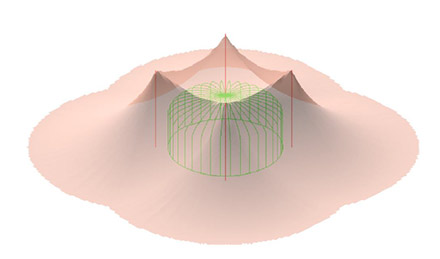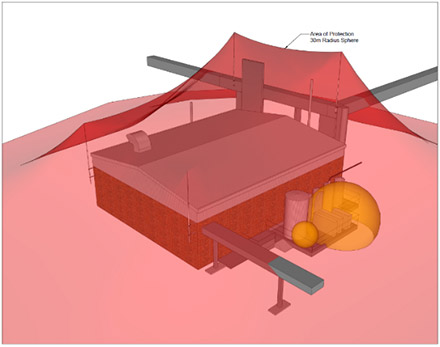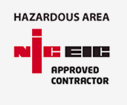Lightning Protection Case Study
Lightning is dramatic and, although not often experienced, the consequences are easy to understand. Add to this top tier COMAH sites with product inventories including flammable and explosive materials, its clear while the probability of a strike is low, the consequences can be devastating.
Experience
Our experience on lightning protection systems has been developed over many years, including:
- New buildings and plants,
- External tanks and vessels,
- ATEX and other high risk areas,
Covering risk assessment, design, installation, testing and inspection, we can deliver against the full spectrum of lightning protection system requirements. Where systems are specialist and complex, we engage with trusted partners to supplement our in-house capabilities and deliver state-of-the art solutions.
Risk Assessment
BS EN 62305 has a section devoted to risk assessment requiring consideration to the risks associated with:
- Loss of human life,
- Loss of services to the public,
- Loss of cultural heritage, and
- Loss of economic value,
As well as considering a range of risk factors such as flash density, utilisation, occupancy, materials, fire risk and protection provisions, services, electrical distribution systems.
The output from the risk assessment should be a clear indication as to whether lightning and surge protection systems are a requirement, and if so to which of the four classes they should be designed and implemented to.
Design and Surge Protection
Performing the design for a lightning protection system requires close adherence to the standard to ensure the type and level of protective system is achieved.
From air termination networks, down conductors, earth terminations and equipotential connections, lightning protection can seem daunting on the surface.
Added to that the need to provide co-ordinated surge protection to electrical distribution systems, lightning protection can quickly become somewhat of a headache.
Working with our Clients we can ensure our risk assessment and design delivers exactly to our clients’ needs, with a minimum of disruption, and providing a future proofed, maintainable, solution.
Installation
The installation of lightning protection systems typically requires both civil and electrical infrastructure installation. Our team of time served technicians have all the necessary skills to complete the electrical install, whilst our extended family bring the necessary civil expertise, ensuring site works are efficient, and above all safe.
Testing and Inspection
Regular, periodic, inspection and testing of is essential to ensure lightning protection systems continue to provide the level of protection as per their original design. Failure to do so can render the system ineffective and leave the site exposed to the risks of direct, and indirect, lightning strikes.
Reporting and Certification
Our team of experienced technicians are fully competent to apply a range of different test methods depending on the type and nature of the installation.
The result of our inspection and testing are provided in a clear and concise report ensuring they can be interpreted by electrical and non-electrical personnel.
An itemised defects list will be provided against the standard to which the lightning protection system has been implemented, providing transparency to the client as to the outcome of the activity.
Conclusion
Whilst the number of lightning days within the United Kingdom may not be as high as some other locations, the risks arising from a lightning strike on an industrial facility can be equally destructive.
And it only takes one strike to have a serious impact on the lives of those unlucky enough to find themselves in harm’s way.
But lightning systems are typically simple, low cost to implement, and easy to maintain, to continue to provide the necessary protection.
What Next?
Whether your systems are against the previous (BS 6651) or new (BS EN 62305) standard, our specialist engineers are ready to help you achieve, or maintain, a safe and compliant lightning protection system.
















